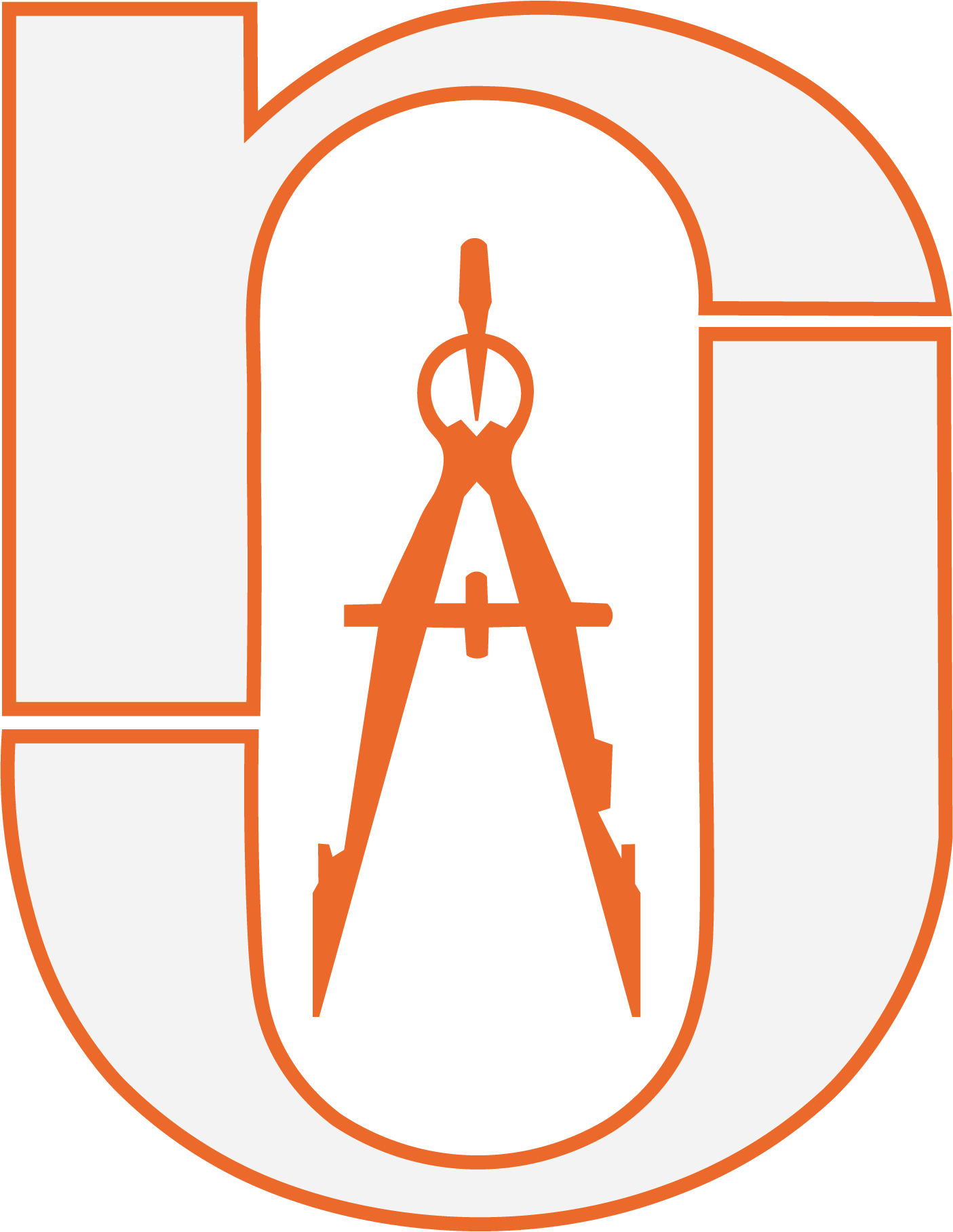Drones: We’re Flying!
An unmanned aerial vehicle (UAV), commonly known as a Drone, is an aircraft without any human pilot, crew, or passengers on board. UAVs were developed through the twentieth century for military missions deemed too "dull, dirty or dangerous" for humans. By the twenty-first, they had become essential assets to most militaries. As control technologies improved and costs have continued to fall, their use expanded to many non-military applications. These include aerial photography, precision agriculture, forest fire monitoring, river monitoring, environmental monitoring, policing and surveillance, infrastructure inspections, product deliveries, entertainment, and drone racing.
Of all the industries that have been disrupted by drone technology, surveying is arguably one of the biggest. Drones have not only helped speed up the surveying process but also expanded the realm of what is possible in surveying. They allow greater access to challenging terrain and to a greater variety of data that can be collected. UAVs are changing the face of professional surveying. In aerial surveying, traditional methods of obtaining actionable information require a large surveying workforce. The process is time-consuming and often difficult to manage. Drones, on the other hand, offer many benefits without risking the health and safety of the workforce. Our equipment is:
DJI Matrice 300 RTK
55 – Minutes Max Flight Time
IP45 Rating
DJI Zenmuse P1 Camera
45 megapixel Full-Frame Sensor
Global Mechanical Shutter (Shutter Speed 1/2000 Seconds)
DJI Mavic 3 Enterprise
45 – Minutes Max Flight Time
Up to a 9-Mile Range
Here at Jepson & Associates our UAV/Drone services include but are not limited to:
1. Topographic Surveys
Topographic drone surveys provide detailed, accurate 3D maps that contain useful survey data on the terrain and its features, including things like trees, buildings, or lakes. Envision the world in the form of points. Topographic Surveys are a 3D representation of the real world in the form of points, and when combined according to their position in the coordinate system, it looks like a digital copy of the real world. UnlikeOrthomosaic, where we can do only 2D measurement (distance/length), Topographic Surveys give us the freedom of measuring in 3D and hence enable us to find out the height difference between two points, volume estimation of a specified region, elevation profile of a section, etc...
2. Photogrammetry / Orthomosaic Surveys
Photogrammetry uses overlapping photos to make 3D models (also called 3D maps) from still images. Photogrammetry drone surveys are useful for volume calculations, terrain modeling, and creating detailed orthophotos. Orthomosaic comes from two words Ortho (meaning perpendicular) and Mosaic (meaning small pieces joined together to make a big piece). An orthophoto or orthomosaic is a large image of an area that assists in measuring actual distances between any two given points on the image. A regular photograph, as taken from above, is not uniform in terms of scale. The ratio of the distance between two points on a photo to the actual distance between the same two points on the ground is not equal. However, an orthomosaic is such that the scale of the image to the actual ground is uniform, thus, representing the Earth’s actual surface. In simple words, an orthomosaic is an accurate representation of the Earth’s surface from a top view in 2D.
3. Construction Site Surveys
Drone surveys can help monitor progress on a construction site, assisting in resource and project management. It can provide updates to ensure that projects are completed on time and according to plan.
4. Agricultural Surveys
Agricultural drone surveys help to assess crop health, and irrigation needs, and for land analysis to optimize farming operations.
5. Environmental and Conservation Surveys
Environmental drone surveys can help conservationists and other land stewards track wildlife, monitor ecosystems, create in-depth maps of trees and other vegetation, and track environmental changes. Researchers have recently been investigating ways to use drone surveys with LiDAR data to create highly accurate estimates of the amount of carbon stored in a specific section of forest to do emissions monitoring and other work related to mitigating climate change.
Drones have not only helped speed up the surveying process, but they’ve also expanded the realm of what’s possible in surveying by allowing greater access to difficult terrain and access to a greater variety of data that can be collected.
If you think you have a project that might benefit from drone technology,
don't hesitate to contact our office to discuss the possibilities.
Call : 360-733-5760
Email: admin@jepsonengineering.com
After Hours? Complete our web form and we’ll be in touch.
- Jepson Team Member

